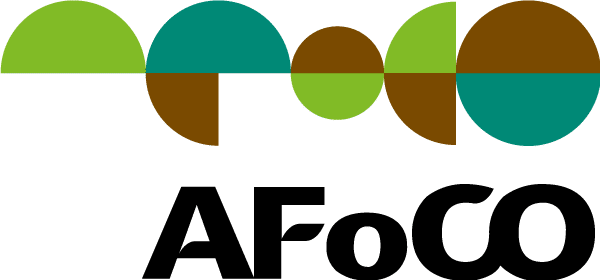Goals & Objectives
The project aims to increase forest cover by the restoration of degraded forest areas, strengthen the capability of government agencies and local authorities including villagers in implementing national forest rehabilitation policy, and contribute to poverty reduction by providing direct income to local people, especially those with low-income levels. The objectives of the project are to:
- Demonstrate village based forest rehabilitation concepts in degraded forests through the application of different forest regeneration measures (establishment of ex-situ conservation plantation, enrichment planting in degraded forest areas where natural regeneration cannot secure, and assisted natural regeneration where degraded forests can naturally generate);
- Generate broad public support on the implementation of national forest rehabilitation policy in general, village based forest rehabilitation program in particular;
- Provide incentives to local villagers through various means, inter alia, strengthening capacity of villagers to produce a good quality of seedlings, seedling production, enrichment planting, maintenance and protection of rehabilitated areas; and
- Strengthen capability of stakeholders at all levels for successful implementation and replication of the project.
Main Activities
- Objective 1
- Collecting seeds that are produced from quality seeds of 3 native tree species which are commonly available in nearby areas
- Producing seedlings and contracting the seedlings out to communities to encourage community participation and ownership
- Conducting surveys and demarcating project areas
- Establishing 40 ha (Paksong) /20 ha (Sangthong) of ex-situ conservation plantation
- Maintenance and protection of the ex-situ conservation plantation
- Producing seedling for conducting enrichment planting
- Establishing Village Driven Forest Patrolling (VFPG)
- Objective 2
- Organizing inception workshops and Arbor Day events
- Objective 3
- Conducting community consultation on seedlings production and sale, enrichment planting, maintenance and protection of rehabilitated areas
- Establishing Village Forest Development Groups and contract development
- Objective 4
- Organizing study tours for stakeholders at policy and managerial levels
- Organizing training courses for forestry sectors at implementation level
- Conducting village consultation for villagers’ engagement in project implementation
- Organize various training modules for villagers
- Developing of reforestation concept and related methodologies, procedures, and technical guidelines
- Recording, storing, synthesizing, and documenting all related concepts, methodologies, procedures, technical guidelines and experiences
- Renovating and expanding the field office and improvement of access roads
Expected Outputs
- Sufficient quality seedlings produced for ex-situ conservation plantation and enrichment planting for both rehabilitation areas in Paksong and Sangthong districts;
- 60 ha of ex-situ conservation plantation have been established and maintained that produces future quality seed sources of valuable native tree species;
- 790 ha of enrichment planting in Paksong and Sangthong districts have been successfully established and maintained;
- 2,770 ha of Protection Forest in Sangthong and Paksong districts have been protected by local villagers.
- Barren land of individual landowners has been supported through agroforestry extension services
- Public and private sectors are aware and promote village based forest rehabilitation program;
- Local villagers both men and women, particularly the poor have additional incomes from sale of seedlings, enrichment planting, maintenance and protection of rehabilitated areas;
- Forestry sectors and local authority have developed knowledge and capacity on how to implement national forest rehabilitation policy at district and village level with an active participation of local villagers;
- Villagers have capacity to produce a good quality of 12 seedlings and implement forest rehabilitation activities;
- Necessary materials and facilities for implementation and replication of village based forest rehabilitation sufficiently developed and made in place.

